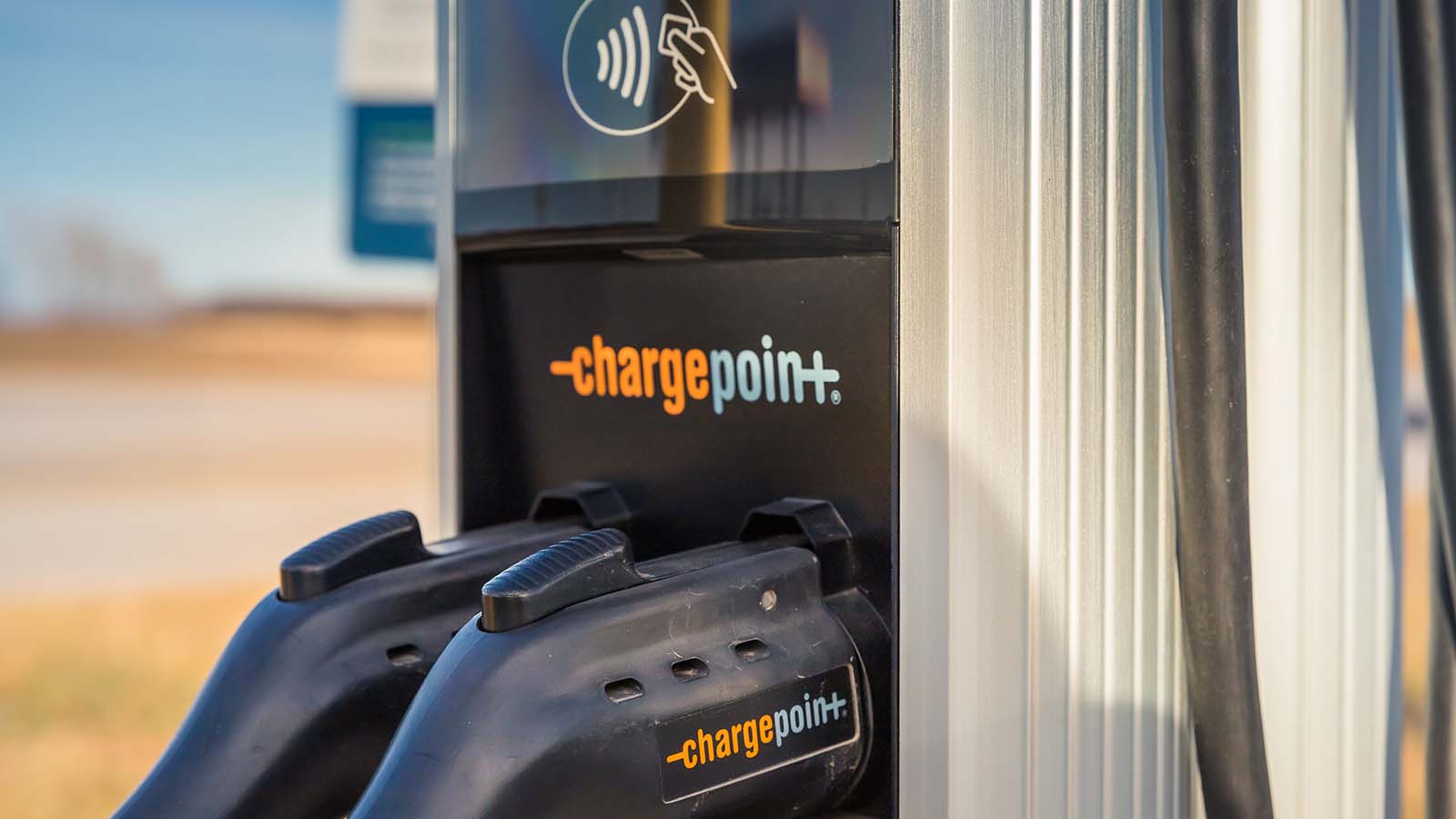ChargePoint (NYSE:CHPT) is an exciting company in a dynamic industry. But the leading operator of electric vehicle charging networks is not a stock for anyone faint of heart to own or trade.
Shares of ChargePoint have been incredibly volatile this year. Sure, it’s up more than 25% this week as investors have cheered the Federal Reserve’s decision to hold rates steady. But the stock has lost more than two thirds of its value in 2023. CHPT currently trades around $3 a share, much closer to its 52-week low of about $2.39 than its 52-week high just north of $14.
Let’s also not forget that the stock hit an all-time high of just under $50 in December 2020.
Still, Wall Street’s top investment banks are extremely bullish on ChargePoint. According to Yahoo Finance, 16 analysts have a “buy” rating on the stock compared to only 5 “hold” recommendations. Nobody has slapped a dreaded “sell” on it either.
What’s more, the consensus price target is about $10.50 a share. So, analysts see a lot of upside — even though the target remains about 25% below the 52-week high. This unabashed optimism is a bit surprising.
For all CHPT’s promise, there are legitimate and serious concerns about the company’s future. ChargePoint continues to bleed red ink even as it posts strong gains in revenue.
ChargePoint’s biggest challenge? Competition. Yes, demand for EVs is growing around the US and the rest of the world. But CHPT isn’t the only network in town. The company competes with several other firms, including publicly traded Blink Charging (NASDAQ:BLNK) and EVgo (NASDAQ:EVGO).
There’s another major competitor as well. And it’s not some little startup. It just so happens to be Elon Musk’s Tesla (NASDAQ:TSLA). Tesla is expanding its network of chargers and it has attracted several of the world’s largest automakers as partners, including Toyota (NYSE:TM), Hyundai (OTCMKTS:HYMTF) and Ford (NYSE:F).
That’s a problem for CHPT, even as it has increased production of connectors to support charging of Tesla vehicles.
ChargePoint admitted as much in its latest 10-Q quarterly filing with the Securities and Exchange Commission, saying that “there are other means for charging EVs, which could affect the level of demand for onsite charging capabilities at businesses.” ChargePoint specifically cited Tesla as a company that “continues to build out its supercharger network across the United States for its vehicles and has opened its supercharger network up to non-Tesla EVs.” CHPT added that this “could reduce overall demand for EV charging at other sites, including ChargePoint’s.”
Yes, ChargePoint has said it hopes to be profitable sometime in 2024. But even many of the bullish analysts who cover the stock are doubtful. Wall Street expects a loss of 57 cents a share in fiscal 2024 followed by a loss of 20 cents a share in fiscal 2025. That’s despite forecasts of a nearly 35% jump in sales for 2024 and another more-than-40% increase in 2025.
The company also recently raised $232 million to support its growth plans… but it did so by issuing more CHPT shares, which dilutes the value of existing investors.
The Bottom Line on CHPT Stock
It’s no secret that CHPT stock faces an uncertain future. That’s one reason why the company announced plans to cut 10% of its workforce in September. Worries about its business model have also prompted many investors to place bets against the stock; more than a quarter of the shares were held short as of mid-October.
Sometimes investors have to come to grips with reality.
Just because a company’s top line is growing rapidly, doesn’t mean that it’s a good stock. Until CHPT shows that there is any hope of profitability in the near future, it’s a stock that should be avoided. The risks are too big and numerous.
As of this writing, Paul R. La Monica did not hold (either directly or indirectly) any positions in the securities mentioned in this article. The opinions expressed in this article are those of the writer, subject to the InvestorPlace.com Publishing Guidelines.
